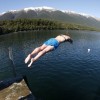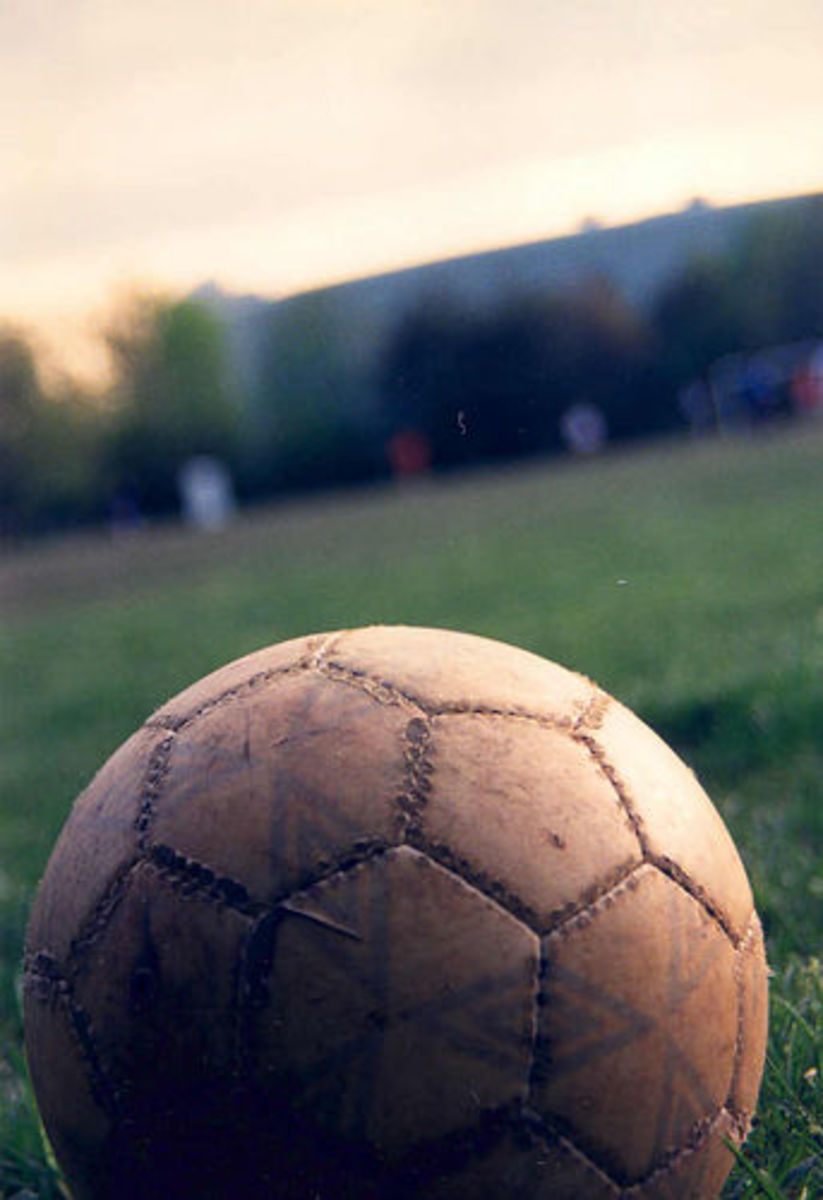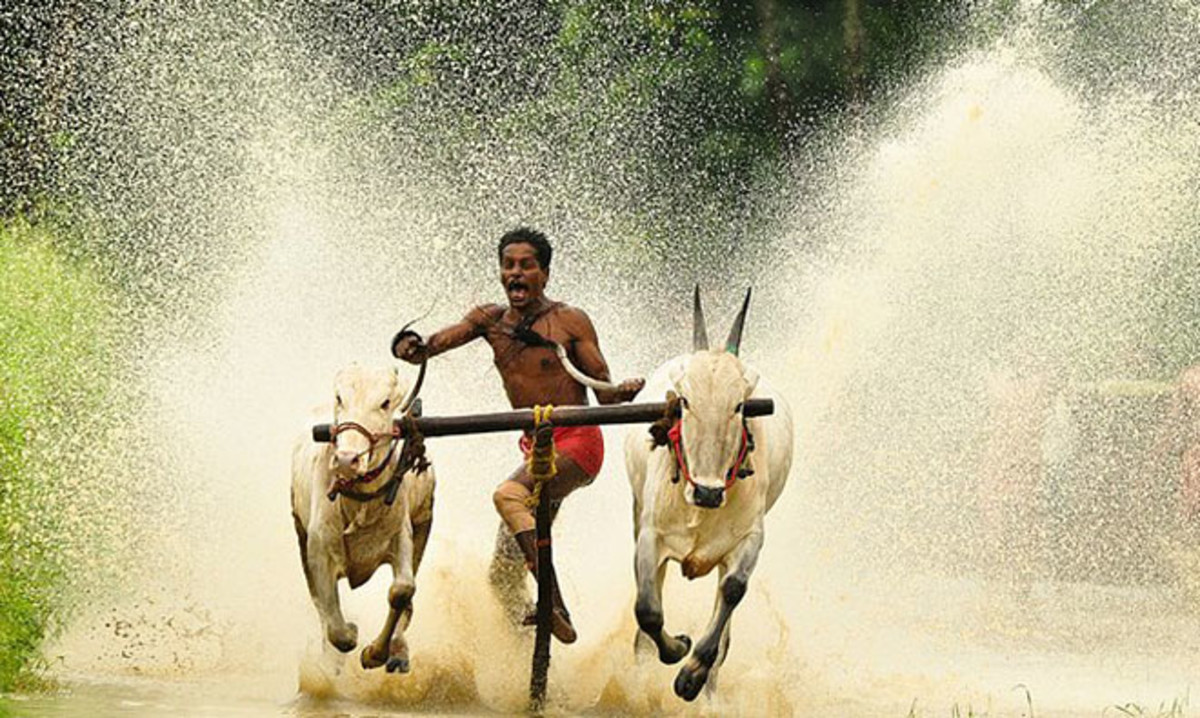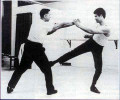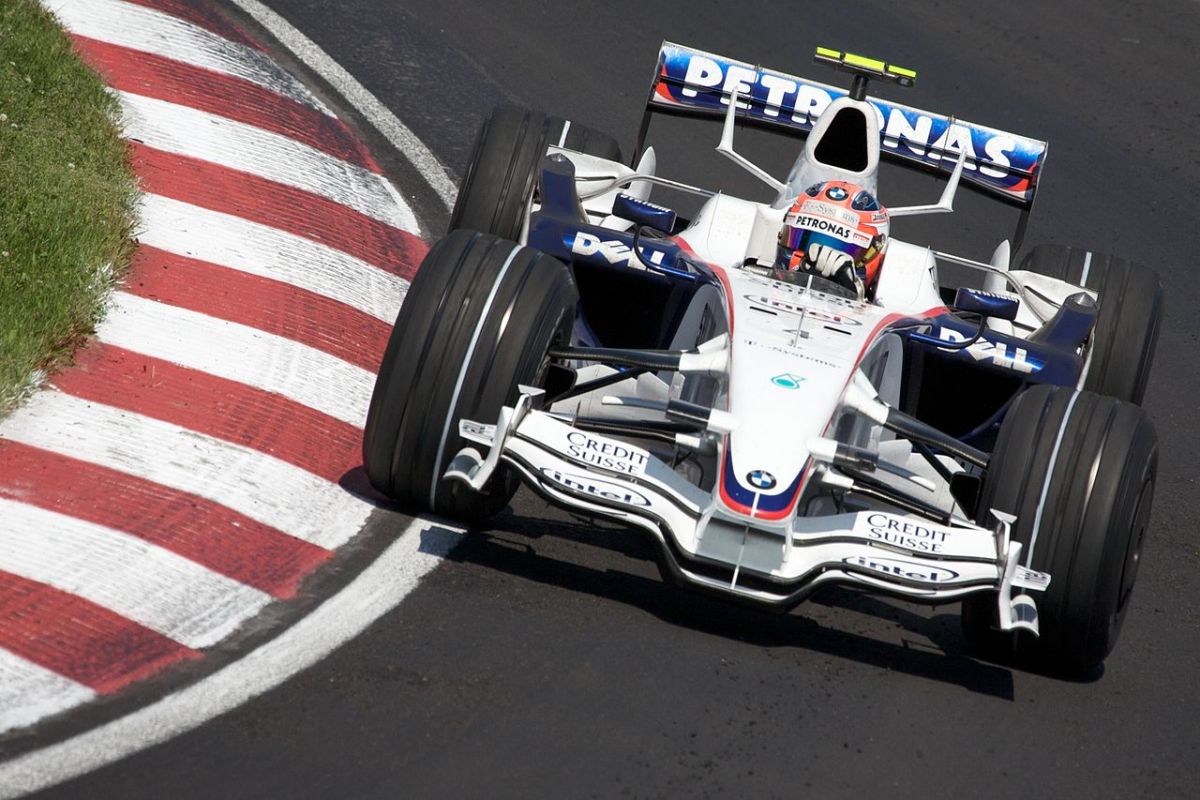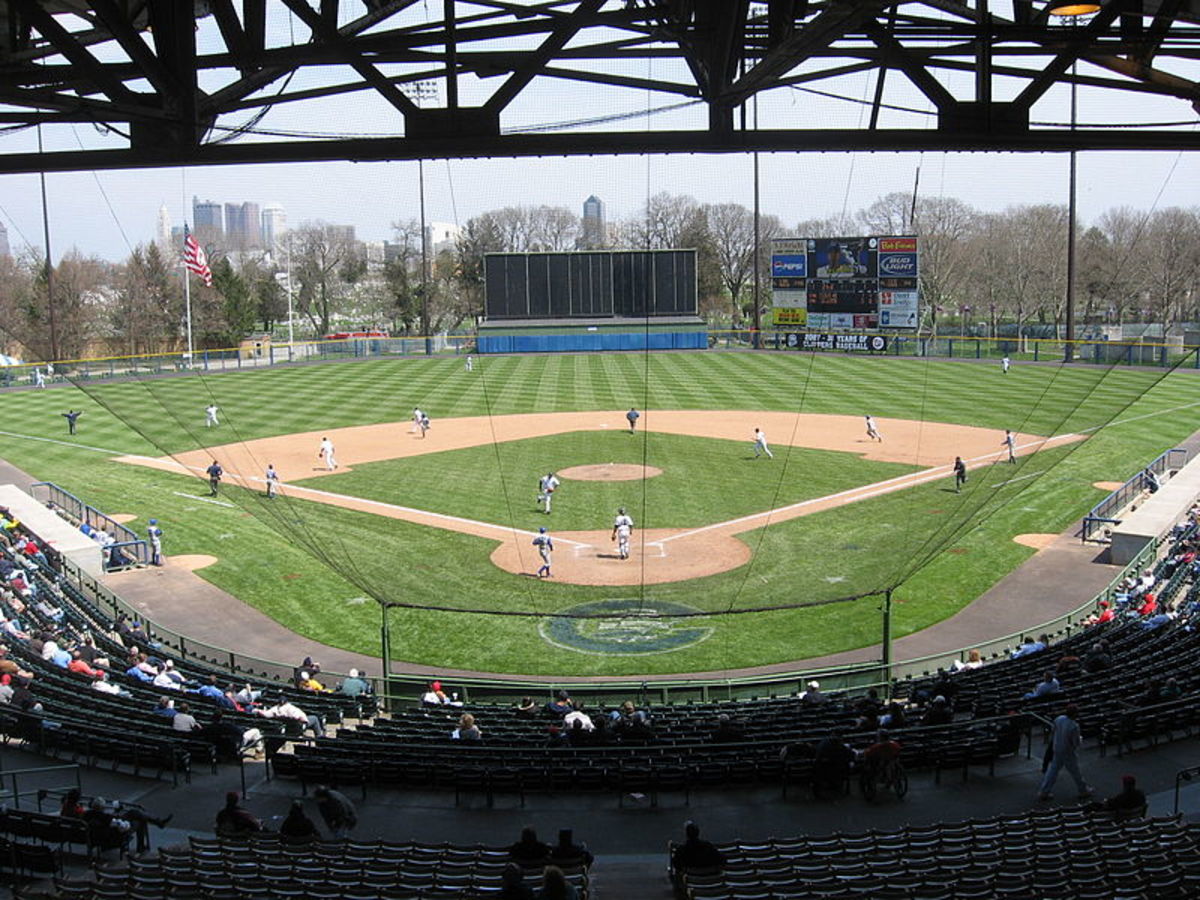The History and Origin of Wakeboarding
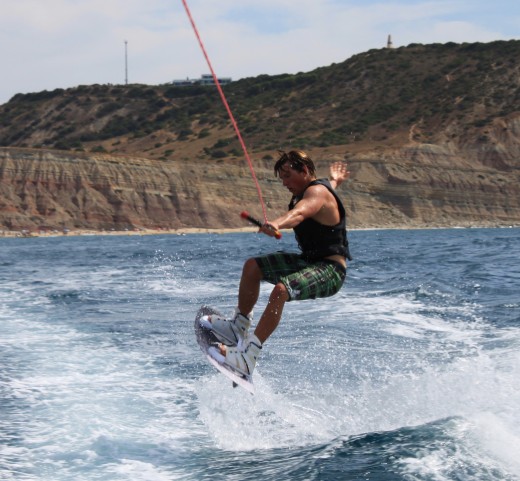


No surf? Wakeboard!
“Surfing is one of the oldest practiced sports on the planet. The art of wave riding, is a blend of total athleticism and the comprehension of the beauty and power of nature.”
However, if you’re not one of the lucky few living in a surfer's paradise with a perfect swell 365 days a year, then wakeboarding is one sport surfers should definitely try.
To those not very familiar with wakeboarding, it is an extreme sport that consists of techniques adopted from surfing, waterskiing and snowboarding, as well as many other water sports such as kitesurfing and windsurfing. Typically, a boat tows the board in its wake, hence the sport's namesake. The board itself generally features slender fins on the underside, fixed-boot style bindings, and is ridden sideways like a snowboard or a skateboard. Comparable to surf boards, wakeboards are designed to skim over the surface of the water, with the fins providing stability and steering. Wakeboards, however, are much shorter and smaller in comparison, as the presence of the tow-boat provides considerably greater forward momentum than a natural wave does. This enables more experienced riders to “get air” or leave the water's surface by utilising the boat's wake as a sort of ramp.
There is no definitive starting point for the history of wakeboarding, due to its eclectic combination of transferable skills from other water sports. Interestingly, there is also no distinct inventor of wakeboarding either, only prominent names and events which have helped evolve the sport into what it has become today.
It is widely accepted that wakeboarding evolved primarily from surfing. For many decades, surfing was the favourite, and in fact one of the first, high adrenalin water sport of many beach dwellers. In that time, historians recall surfers being towed with a ski rope behind a boat, enabling them to catch waves which were so large that they would have been impossible to catch otherwise. As a direct result of this, surfers started utilising shorter boards to give them an edge on faster-moving waves, giving wakeboarding its own unique role in the world of water sports.
One such board was developed by San Diego surfer Tony Finn. This surfboard-water ski hybrid was introduced in 1985 and was towed from a boat as before, with the rider being able to stand on any part of the board due to lack of straps or bindings. The riders performed surf-style carving movements, using the wake for extra momentum. Shortly after this, bindings were introduced which allowed the riders to jump using the wake, and this in turn contributed to the development of different jump styles. Other notable names include Jimmy Redmon, who also developed a hybrid board named the ‘Redline ski board’ at the same time as Tony Finn developed his new board, the ‘Skurfer.’ Both boards experienced widespread popularity when ESPN introduced the very first Skurfer Championships in the early 1990s.
In time, more boards were developed, fuelling an increase in the popularity of the sport. A catalyst for this rise in popularity was the development of a lighter, more manoeuvrable board which was developed by successful businessmen Herb O’Brian. Other businesses saw this as a potential money spinning investment, and started to manufacture their own boards, sponsoring riders as a method to advertise their brand. During this time, the sport was called ‘skiboarding,’ but eventually, because of the way the spot became centred around utilising a boat's wake to perform techniques, it became known as wakeboarding.
The World Wakeboard Association was formed in 1989 by Jimmy Redmon. The organization helped develop the rules and was, and still is, responsible for the integrity and administration of the sport of wakeboarding in official competitions. Soon after this, professional wakeboarding events sprang up and soon became regular, with the fledgling sport subsequently gaining exposure through the media. The Pro Wakeboard Tour was the first professional wakeboarding competition, and combined with the Wakeboard World Cup and the Vans Triple Crown of Wakeboarding, comprise the biggest and most important events of the sport annually.
So if you find yourself staring at a surfer’s nightmare - a clear blue expanse of flat water - then take on this stimulating and exhilarating sport. The boat will make your waves, you just need ride them.
